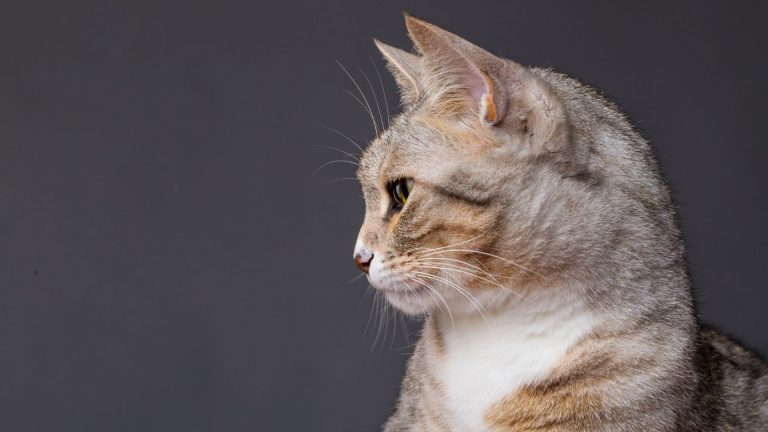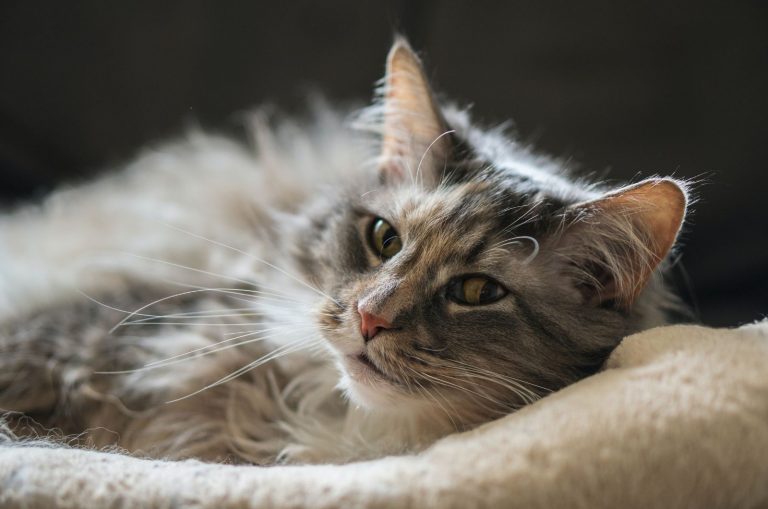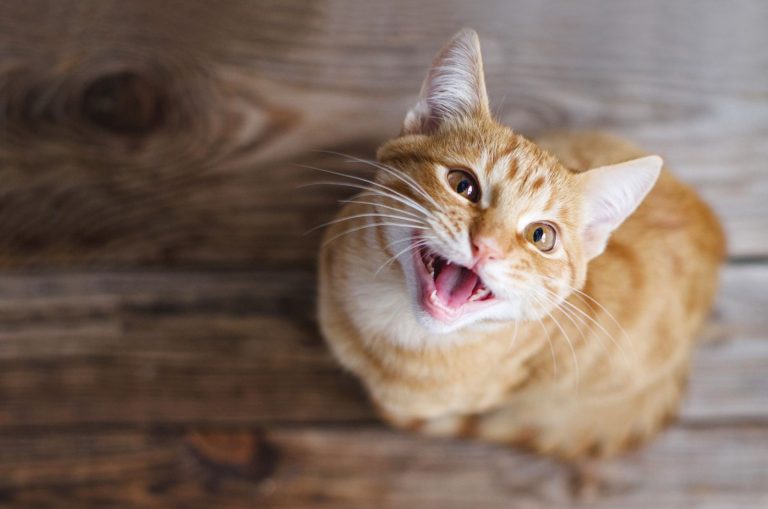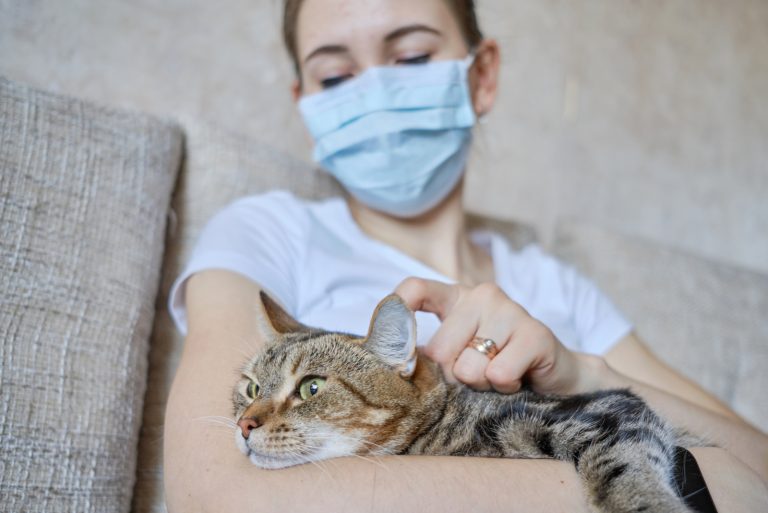Do Horned Paws Hurt Cats And How To Be Sure
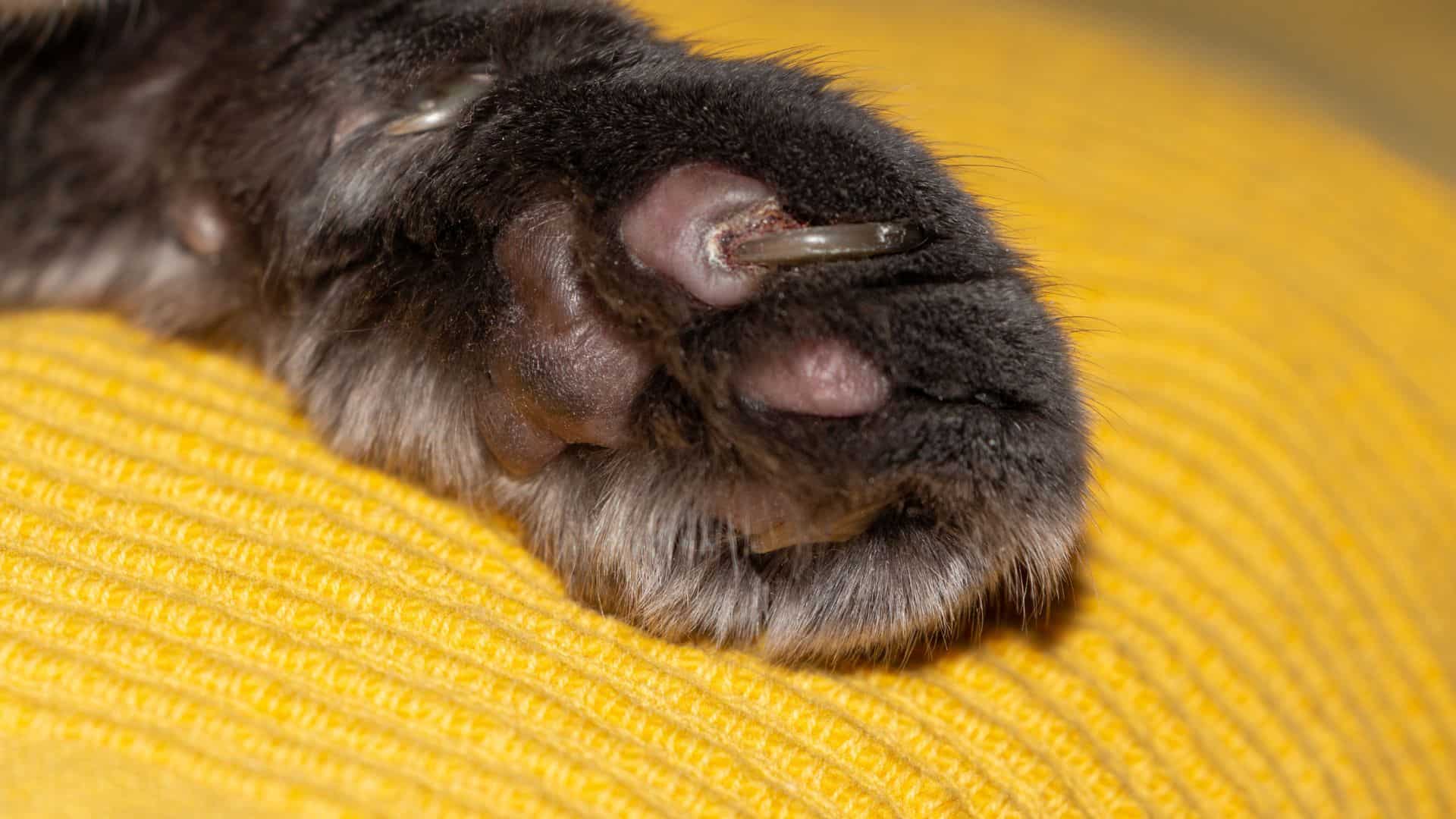
Cutaneous horns are typically small and grow on the skin’s surface. Cutaneous Horns get their name from the fact that they resemble horns.
If the cutaneous horns are not on weight-bearing surfaces, they cannot cause pain and mobility issues. Horned paws are common in cats and are not cause for concern.
All cat owners must examine their cat’s paws regularly and pay close attention to them, especially if they notice anything unusual. So, how do we deal with these ‘extra claws’? Read on and learn more about it.
Do Horned Paws Hurt Cats?
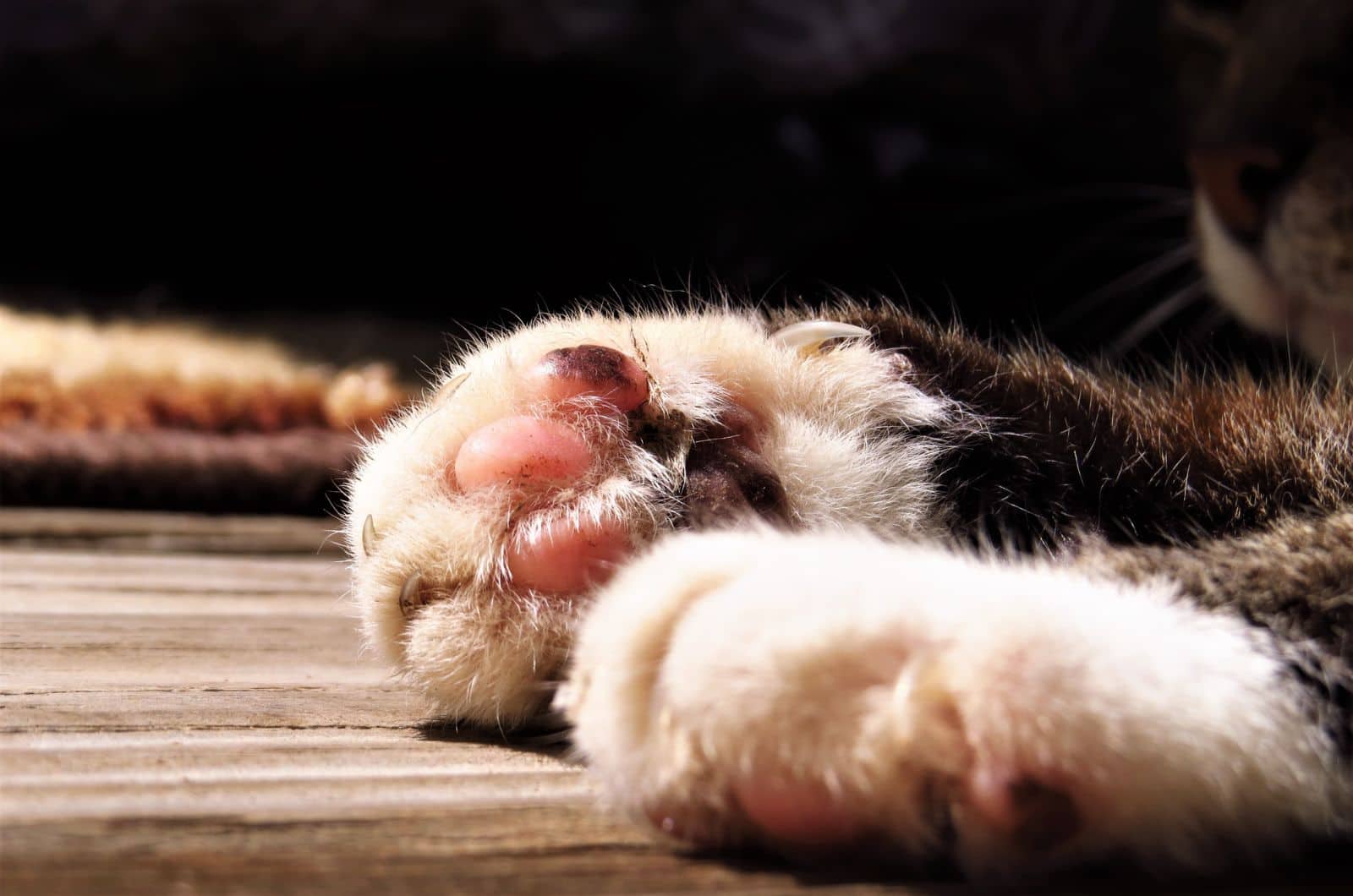
Horned paws are generally painless and harmless to cats. If the horns aren’t on your cat’s weight-bearing foot pads, then your cat probably won’t feel any pain or discomfort while doing anything, i.e., walking, jumping, or playing around.
However, if your cat develops these horned paws on its walking pads, some issues may arise. Just like overgrown claws, the cutaneous horns get longer and longer until they poke through the cat’s skin.
So, horned paws can sometimes hurt your cat, which is why it’s essential to deal with this issue promptly.
What Causes Horned Paws?
There are three most common causes for horned cat paws; cysts, calluses, and keratin.
Cysts – if your cat happens to have a cyst that is gradually leaking fluid, that fluid can harden. This fluid, along with the cat’s dead skin cells, can build up and harden up to form a horned paw.
Calluses – can be developed on a cat’s paw pads due to excessive rubbing and friction. This results in hard-horned points on your cat’s paws; you might even be able to hear taps on the floor while your cat walks.
Keratin – keratin overgrowth is the most common reason for horned paws in cats.
More On Keratin
Keratin is a structural protein that is found in the cat’s nails, skin, and fur. Keratin deficiency can make a cat’s skin and hair more prone to damage. On the other hand, overproduction of keratin can result in hard growth, such as in the case of horned paws.
Hyperkeratosis
This is a skin condition in which the cat’s skin thickens only in certain areas of the cat’s body. As I explained above, this results in horn-like growths on cat paws, which is linked to the overproduction of keratin.
One of the two causes of hyperkeratosis is too much pressure on the affected area, which connects to the calluses and contributes to horn-like growths.
The other is simply a result of genetics. We can have a wide variety of skin issues, from minor irritations to chronic eczema. Some cats will simply get these hard growths on their paws due to genetics.
Horned Paws – Indication Of Something Severe?
Horned paws in cats might also indicate something more severe. It isn’t likely, but there is a possibility that sometimes these hard growths on our cat’s paws could be related to squamous cell carcinoma, Felv (feline leukemia), papillomavirus infections, or some other illness.
This is yet another reason to have your cat examined by the vet. However, these severe health issues are extremely rare, so you don’t need to panic.
Are Your Cat’s Paws ‘Horned’?
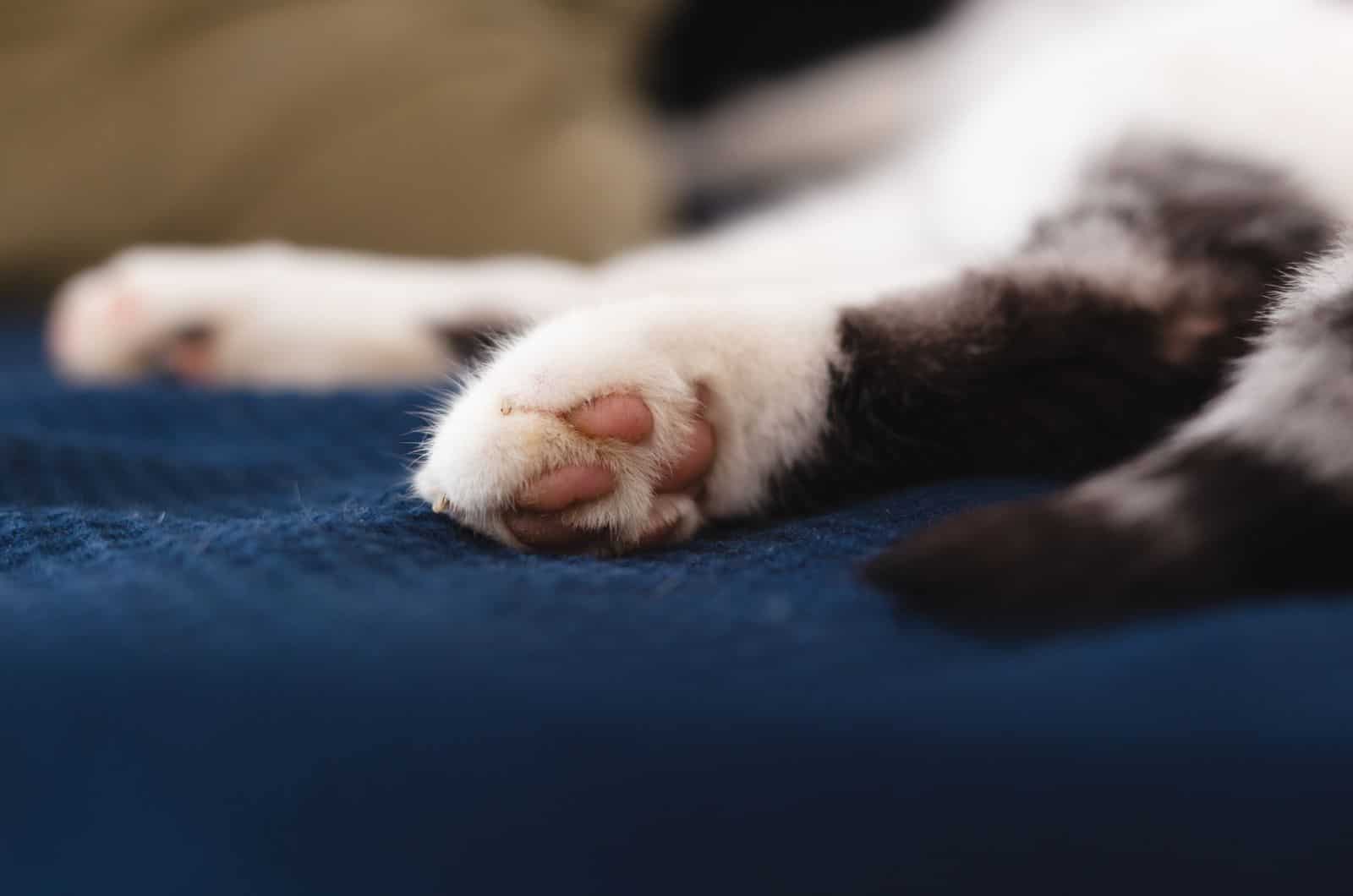
Another name for horned paws, i.e., the growths on a cat’s paws, is cutaneous horns. Cutaneous horns are quite a common skin condition in cats.
Horns are most commonly found on a cat’s paw pads, but they can also appear on the cat’s face or other body parts. The growths can appear individually or in groups on a few paw pads.
An overgrowth of keratin usually causes horned paws. The same protein is actually beneficial for our (and our cat’s) hair and nails, but an excess of anything can be harmful.
While unpleasant, the horns are mostly harmless and should not cause concern.
The most noticeable, but also harmless, side effect is the clacking while your cat’s walking around. Having said that, it’s a good idea to keep an eye on the growths so you can notify your vet if there are any changes or concerns.
What To Do About Cat’s Horned Paws?
If you’ve noticed hardened skin on your cat’s toe pads, you’ll want to help your feline friend the best way you can. Now here’s what can be done…
Trim The Horns
Cutaneous horns are areas of hardened skin without nerves, blood vessels, and other structures that could cause pain. This is why the horns can be safely trimmed to the level of the footpad, just like cat’s nails.
Simply use clippers to trim the hardened spots resembling nails. Because new horns grow at half the rate of the originals, you may not have to trim them as frequently.
There are no nerves, blood vessels, or anything else that could otherwise cause pain in hardened skin abnormalities. Once your vet has approved it, you can simply trim them whenever they become too long.
Be Careful
The cutaneous horns can be trimmed like the rest of the cat’s claws, but it is risky. Trimming can result in discomfort and infections. But, once again, how can we know that we’re not causing harm to healthy tissue?
That is why it is best to discuss everything with your veterinarian, especially if you’re dealing with it for the first time. You may believe you are dealing with cutaneous horns but end up dealing with other tumors.
So go to the vet, and if they think it’s necessary, they’ll trim the paws.
Medications
Because the exact cause of cutaneous horn occurrence is unknown, the effects of medications differ from one pet to the next.
However, your veterinarian will likely prescribe medications such as Interferon, Azithromycin, and others to assist your pet in dealing with problems caused by keratin formations.
Surgical Removal
Surgery is the best option if your cat is in a lot of pain because of a cutaneous horn. To prevent future recurrence, the vet can remove the growth and the actual base.
However, before undergoing surgical procedures to treat this condition, it is critical to consider the risk of reduced mobility.
Can The Horn Fall Out On Its Own?
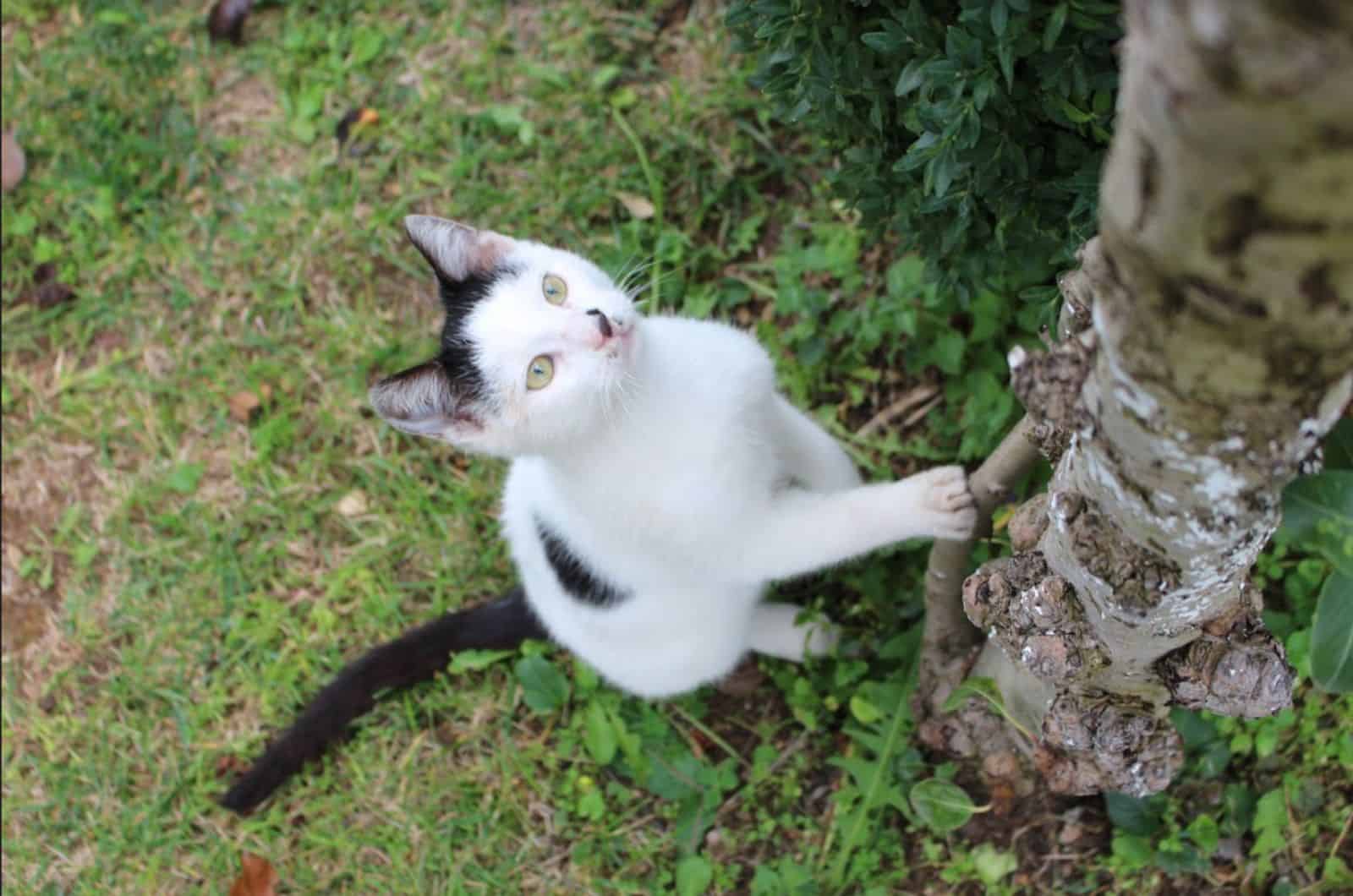
Because they use their pads on uneven surfaces, outdoor cats are much more prone to growths caused by hardened skin, calluses, and so on. They will frequently keep them trimmed down due to the same friction.
Indoor cats are much more likely to get hard growths, such as this, because they aren’t as active. However, by providing scratchers, cat trees, and different scratching posts, you can help keep your furry friend more active.
If you see a cutaneous horn forming on your cat’s paw and wonder if it will fall off if you leave it alone, the answer is no.
We don’t know if the ‘horns’ fall out, but it’s highly possible with an active outdoor cat. However, it is better to do something about it rather than wait for it to grow long enough to fall off.
What Else Can We Do To Help?

You can soften the tissue if your cat shows no signs of discomfort. Use pet-friendly balms, emollients, and moisturizers, for example. Keep in mind that these won’t remove the horns or stop them from growing.
Laser declawing is another option. According to veterinarians, this method is excellent because the toes are not subjected to trauma. Furthermore, the procedure involves the sealing of nerve endings, which prevents significant pain and bleeding.
However, if you notice your cat’s paws are swollen, a vet visit is highly recommended. In general, cats are reluctant to accept meds, and even a harmless pain reliever might be damaging to our cats.
This is why it’s extremely important to consult your vet before you administer any medication to your cat. Also, remember to talk to your vet about aftercare.
Discuss the process of litter box cleaning and cat food and water bowls to avoid any additional infections. Ask your vet what you can do to keep the infection from spreading.
Final Words
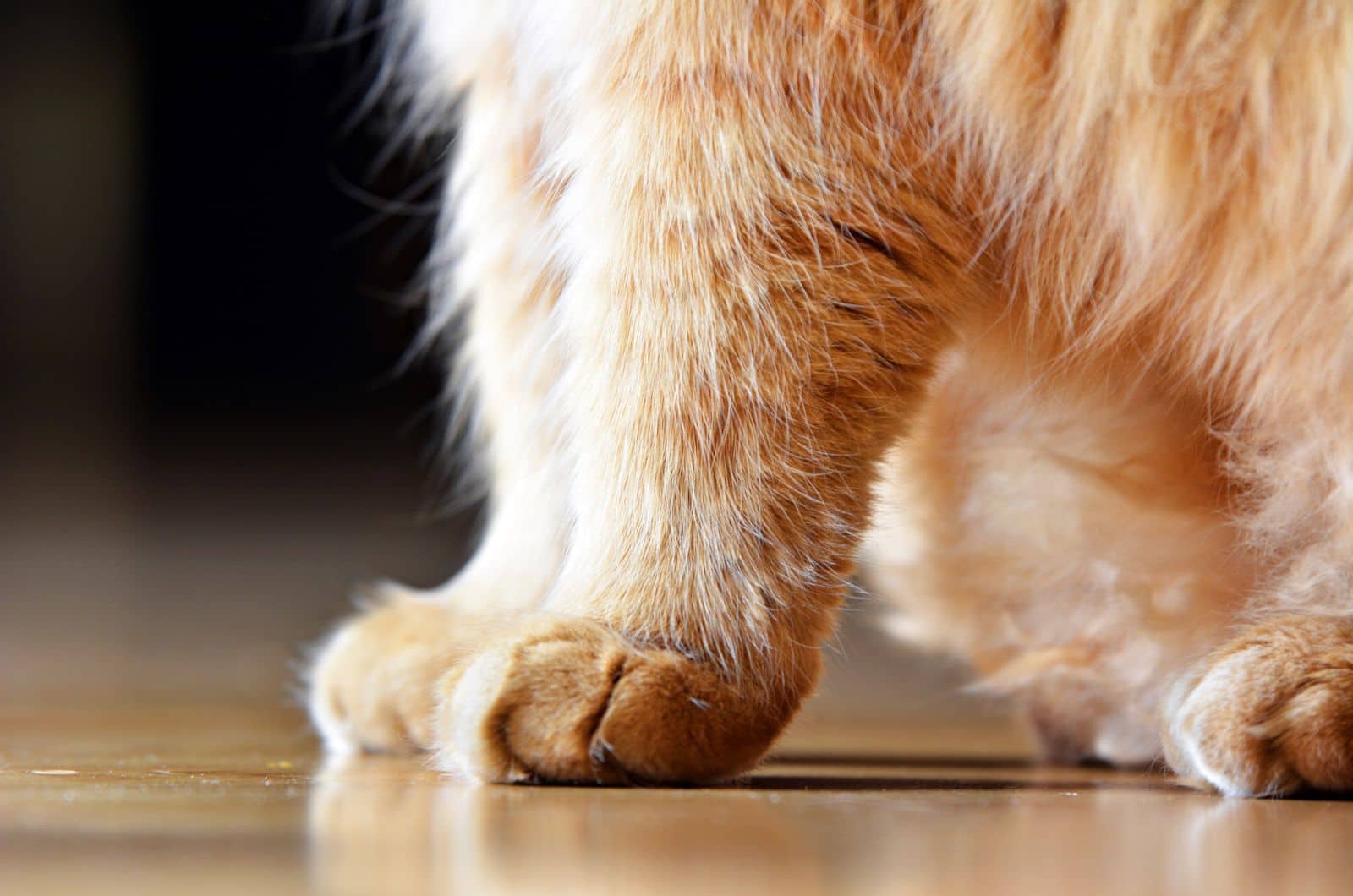
If you notice horned paws on your cat, the first thing you should do is consult with your vet. There might be an underlying issue involved; however, these horned paws are mostly made of hard skin that can be there without hurting your cat.
It is essential to pay attention and keep checking your cat’s pad paws to see if they are affected by any type of tissue damage. Cats are excellent at concealing pain and injury, which is why cat lovers often wonder do horned paws hurt cats.
They mostly don’t, but your cat also could suffer and feel pain without you knowing since they’re great at hiding it. Never treat horned paws in cats without first consulting your veterinarian.
As I’ve said, some treatments and medications can cause severe harm to our cats. So, before you do anything, consult with a veterinarian.
Related Articles:
• Cat Claw Infection – Possible Causes & Solutions
Like this post? Share or pin it for later!




